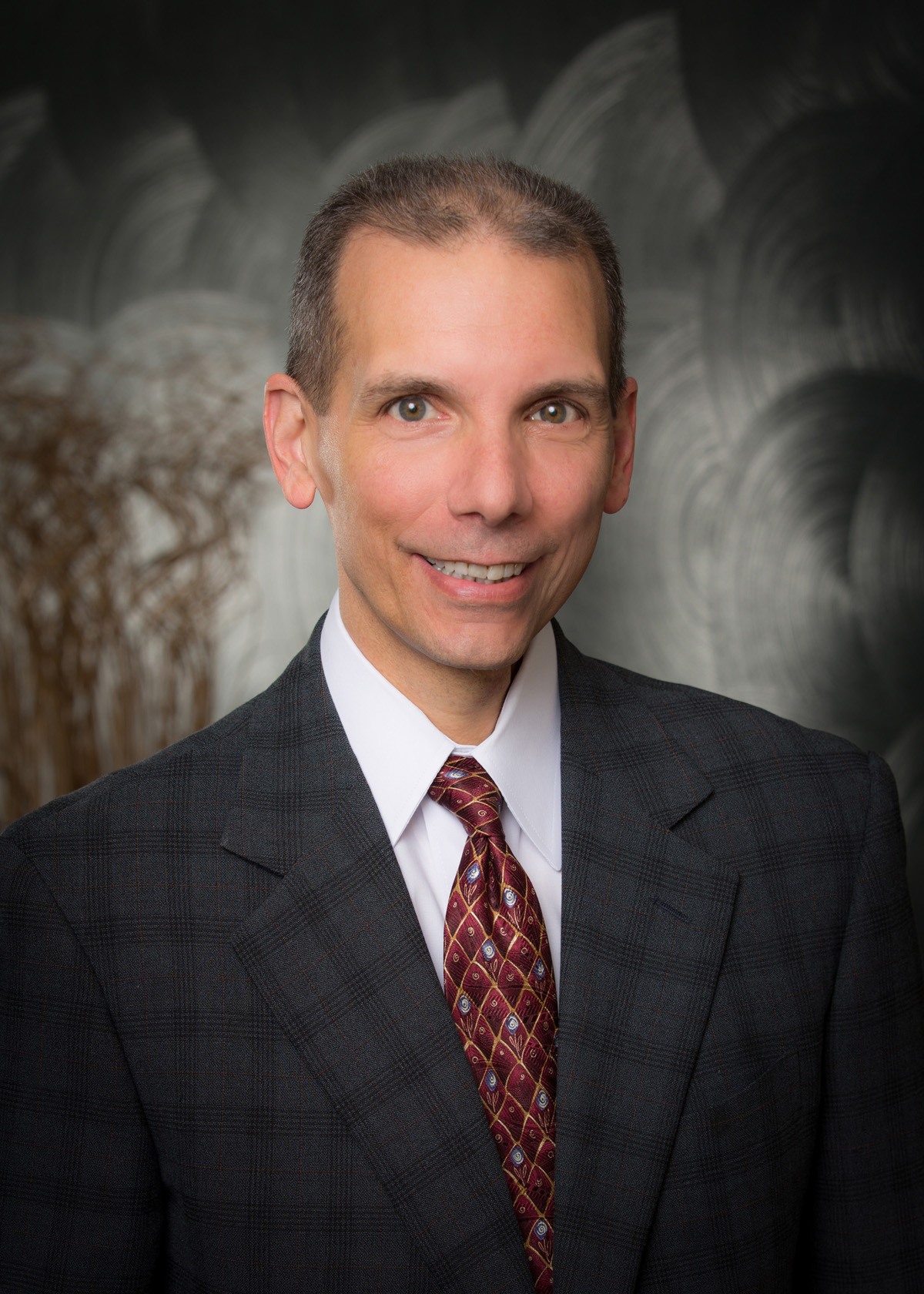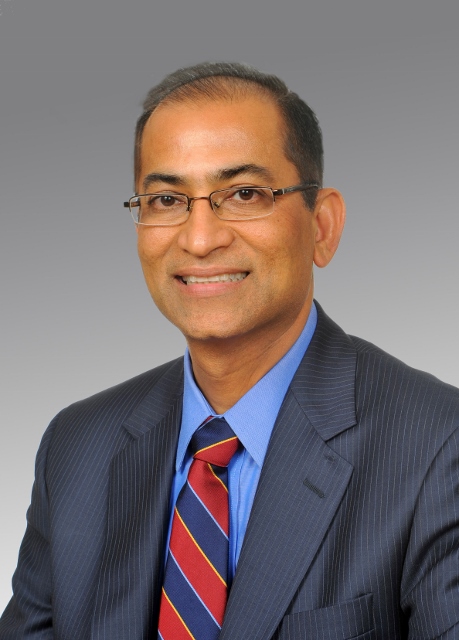"My understanding is that a bunch of smart people got around a table and realized healthcare is dependant on both sharing data and using that information to deliver quality care." 
So said Anthony D. Slonim, MD, DrPH, executive vice president and CMO of West Orange, N.J.-based Barnabas Health, on how the decision was made at his health system to become involved with health information exchanges (HIE) before he took the reins two years ago.
The information gathered through HIEs has quickly become crucial to Barnabas, as membership in two Medicare shared-savings accountable care organizations has made the health system responsible for the health of about 30,000 people. These ACOs, like all ACOs, depend on the utilization of patient data to deliver high-quality, cost-effective care. To facilitate the transmission of that data, the system is also involved in two HIEs "that really allow us to drive the data needs of the ACOs," says Dr. Slonim.
Less than 20 miles away, Hackensack (N.J.) University Medical Center is also reaping the benefits of HIEs with its ACO. The Hackensack Alliance ACO, part of the Medicare Shared Savings Program, includes more than 600 physicians and 12,000 Medicare beneficiaries and relies on shared patient information to ensure care coordination.
"We provide a continuum of care," says S. Shafiq Rab, MD, vice president and CIO of HackensackUMC. "And to do that, we have to be able to share care plans across a virtual care team. For example, we need to be able to connect a diabetic patient with an endocrinologist, a podiatrist, an ophthalmologist, a nutritionist, a physical therapist and a care coordinator, to both be able to report on ACO metrics and also to identify gaps in care. This enables us to improve care quality, reduce costs, reduce readmissions and improve the transition of care."
coordinator, to both be able to report on ACO metrics and also to identify gaps in care. This enables us to improve care quality, reduce costs, reduce readmissions and improve the transition of care."
The exchange of patient data across HIEs is therefore essential. "The best thing for the patient is more complete information about their care gathered across the continuum of care," says Dr. Rab.
Below, Drs. Rab and Slonim share four areas that health systems affiliated with ACOs need to consider regarding HIEs.
1. Financials. "HIEs are not free," says Dr. Rab. He explains that currently, hospitals are funding regional and statewide HIEs so they can exist — HackensackUMC is one of the founding members and a financial supporter of Jersey Health Connect, a statewide HIE. A hospital planning to join or implement an HIE should take the financial impact of the system into consideration, he says. Having an exchange enables the ACO to have the information that it needs to report on the 33 ACO metrics and to move towards shared savings, "but a financial model has to be there to sustain it," he says.
2. Technical issues. "It took a long time to pick the software we were going to use for our ACO and for our HIE,” explains Dr. Rab. He says that most inpatient and ambulatory electronic health record systems currently on the market are not optimized for actively coordinating care across different care settings, and most analytics products focus on two-month-old retrospective claims data for the analysis. "Our ACO technology needed active care coordination and a HIE infrastructure. It took us a while to realize that," he says.
At Barnabas Health's implementation stage, Dr. Slonim recalls the decision to use a vendor to create the system's exchange rather than have it built in-house. "It depends on the capabilities of the organization and where you want to invest time and money," he says. "For us, we had just gotten an EHR system, so we wanted a partner with experience to help us get the best product possible."
3. Leadership. "We had to get 600 physicians on board [with HIEs] in a short amount of time," says Dr. Rab. He credits HackensackUMC's HIE successes to Hackensack University Health Network president and CEO Robert C. Garrett's leadership and progressive outlook during the process. "We're now getting calls from other hospitals and ACOs, asking us to explain how we're saving money and what we did right," says Dr. Rab. "We are lucky to have a CEO who thought about those things beforehand."
The experience showed Dr. Rab that "without a great CEO leading the charge, [HIE implementation] just won't happen," he says.
4. The future. "When you've seen one ACO, you've seen one," says Dr. Slonim, explaining that there's currently no common structure for ACOs. Down the line, he sees the emergence of a conceptual framework for the optimal ACO with HIEs playing an integral role, especially as technology allows for data to come from more sources, such as directly from handheld monitoring devices.
"We talk about it as if it's a check in the box," says Dr. Slonim. "This is an evolutionary process. Each year we'll get better as we learn from each other."
Dr. Rab, reflecting on the HIE progress made in New Jersey, believes that HIEs will continue to expand geographically first across the state, then to neighboring states and the whole country, ultimately leading to a global exchange. "We've achieved a lot," he says. "It can happen."
More Articles on HIEs:
State of Kansas Fully Assumes HIE Regulatory Responsibilities
All Colorado Hospitals With 100 or More Beds Now Part of an HIE
3 Benefits of Systemwide Health Information Exchanges

